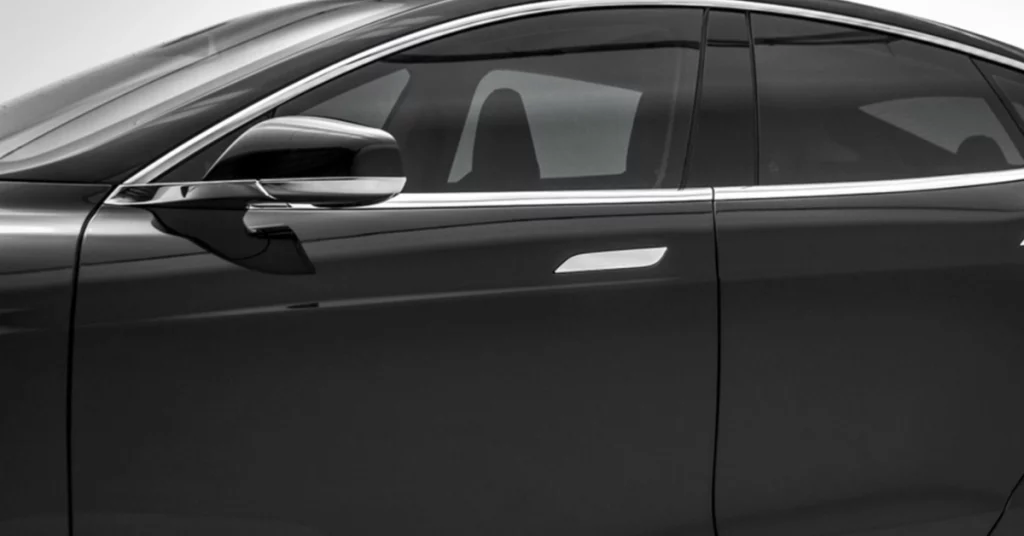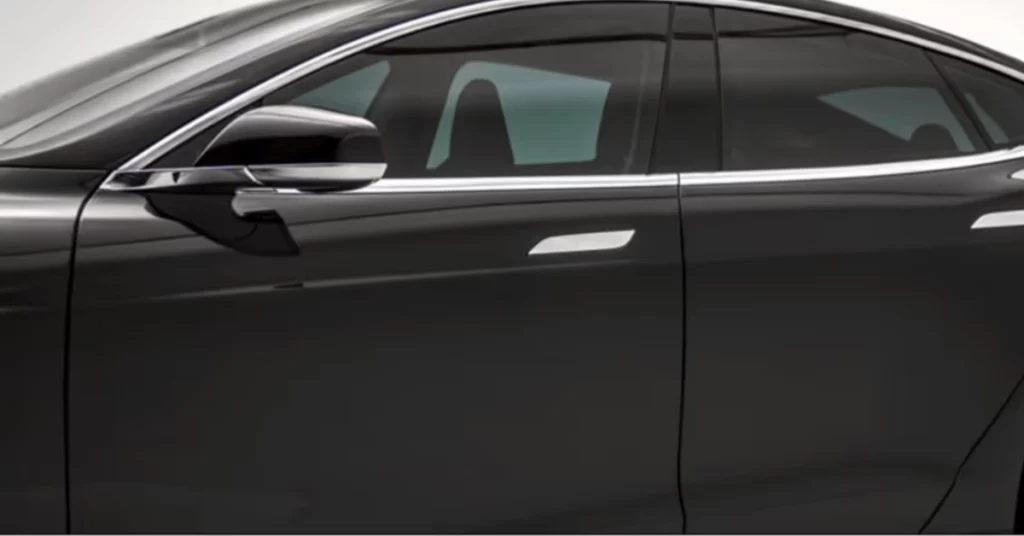Trying to decide on the right shade for your windshield might turn out to be more confusing than you had thought. Are you going too dark? Or, too light?
If you have narrowed down your options to a 50% tint and a 70% tint, this write-up should help you make the final choice.
In my 50 vs. 70 windshield tint breakdown, I will try to explain how much darkness you are about to get from these tints. Will you get much love from the cops? I’ll talk about the legal eligibility of these shades as well. So, let’s begin.
Read More: 20 vs. 35 Windshield Tint
Read More: Green Tint vs. Blue Tint Windshield
50 vs. 70 Windshield Tint: What’s The Difference?
Overview of 50% Tint

A 50% windshield tint permits 50% of the available sunlight to go through. Since the light entrance is cut to half, you will have to deal with less glare. But you will still have a good view of the road through the windshield. The view will be reduced for sure, but not to the extent that you will have trouble seeing what lies in front.
It does a more than decent job of keeping out the UV rays and heat. So, if you want to get a tint for heat reduction, 70% will be a good option.
Then comes privacy. The 50% tint will not make it impossible for outsiders to look inside the car. But in many states, it’s unlawful to go below 50% windshield tint. A lower windshield tint percentage does give you better privacy. But you will not get a good view of the road through it. As a result, there will be an increased risk of accidents.
Also, darker windshields make law enforcement officers suspicious. Criminals prefer using them to conceal their identities. So, you are likely to get pulled over by the police if you hit the road with a dark windshield tint. If you use one below the permitted tint percentage, you will be fined and asked to strip the film off immediately.
Read More: 15 vs. 5 Tint
Read More: 3M Crystalline 90 vs. 70
Overview of 70% Tint

70% tint is even lighter than the 50% tint. It will let in 70% of the available light in the environment. So, this will not be everyone’s cup of tea. It’s a pretty mild tint, so it will not be the best option for you if privacy is at the top of your priorities.
But it does an excellent job of blocking out UV rays and heat. It also minimizes glare to a significant degree. The visibility is excellent. You should have a fairly clear view of the road with a 70% tint on. You won’t notice much difference during nighttime drives as well.
To sum it up, 50% tint is more of a balanced choice. It gives you adequate privacy and offers higher protection against heat and ultraviolet rays.
So why would 70% tint windshields appeal to anyone? The 50% tint might be too dark to see through for some drivers. If you only want heat and UV protection alongside giving your vehicle a newer look, a 70% tint windshield will not let you down.
Read More: 30% vs. 35% Tint
Does 70% Tint Make A Difference?
Of course, it does! A 70% tint windshield is a lighter shade of tint, but it will still protect you from glare and heat. The tint is noticeable from the outside, giving your vehicle a refreshing look.
What Is The Best Tint Percentage For The Front Windshield?
I personally prefer a 35, but in terms of practicality, the 50% tint percentage is the best. Most states allow 50% tint windshields. So you won’t run into much legal trouble.
It offers an acceptable level of privacy and has good heat and UV-reflecting properties. Also, most people will find the view through the tint comfortable for driving. 50 and 35 Windshield Tint comparison can give you more details.
What Is The Darkest Legal Windshield Tint?
Windshield tint regulation is not done through federal law. It falls under the jurisdiction of state laws. So, you will have to check the website of your local DMV to find out how dark you are allowed to go.
What does 50 percent windshield tint look like?
A 50% windshield tint allows half of the light to pass through, providing a medium level of tint.
From inside, it reduces sun glare but still allows good visibility.
From outside, it gives the glass a slight darkness, making it harder to see details inside the car. Remember, local laws on windshield tinting can vary.
Andy’s Opinion
Hopefully, I succeeded in pointing out in my 50 vs. 70 windshield tint analysis that the 70% windshield tint is not for everyone. It fancies the vehicle’s appearance and protects the driver from solar radiation and heat. It can also reduce glare.
But for better privacy and overall performance, 50% makes more sense. If you don’t mind the reduced visibility, which is not significant, I believe the 50% windshield tint is better than the 70% tint.




